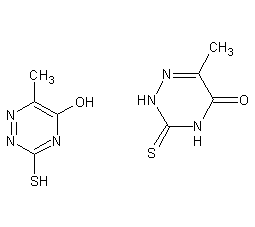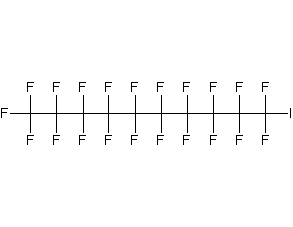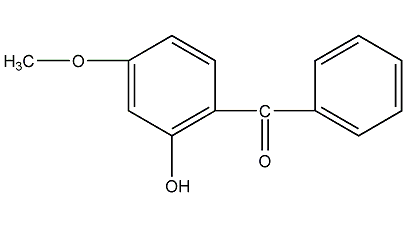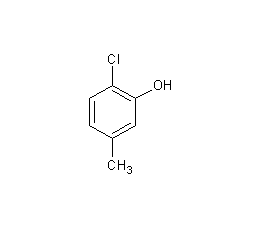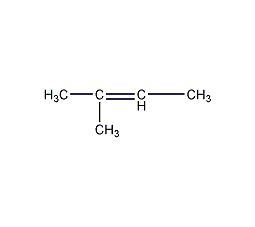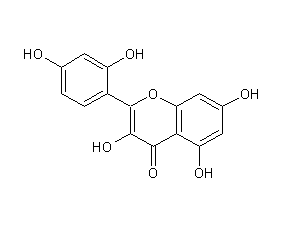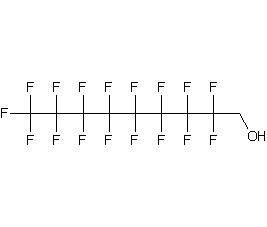2,4,5-Trichloroaniline


Structural formula
| Business number | 0701 |
|---|---|
| Molecular formula | C6H4Cl3N |
| Molecular weight | 196.46 |
| label |
1-amino-2,4,5-trichlorobenzene, 2,4,5-Trichlorobenzenamine, 1-Amino-2,4,5-trichlorobenzene, Cl3C6H2NH2, Anilines |
Numbering system
CAS number:636-30-6
MDL number:MFCD00007662
EINECS number:211-254-9
RTECS number:None
BRN number:879091
PubChem number:24861966
Physical property data
1. Character: light yellow needle-like crystal[1]
2. Melting point (℃): 93~95[2]
3. Boiling point (℃): 270[3]
4. Octanol/water partition coefficient: 3.45[4]
5. Solubility: Slightly soluble in petroleum ether, soluble in ethanol, ether, carbon disulfide and acetic acid. [5]
Toxicological data
1. Acute toxicity No data available
2. Irritation No data available
Ecological data
Extremely harmful to water, even in small amounts. Do not let this product come into contact with groundwater, waterways and sewage systems. Even a small amount of this product seeping into groundwater will cause danger to drinking water and is toxic to fish and plankton in the water. Highly toxic to organic matter in water. Do not discharge materials into the surrounding environment without government permission.
Molecular structure data
1. Molar refractive index: 45.17
2. Molar volume (cm3/mol): 127.5
3. Isotonic specific volume (90.2K ): 340.7
4. Surface tension (dyne/cm): 50.8
5. Polarizability (10-24cm3): 17.90
Compute chemical data
1. Reference value for hydrophobic parameter calculation (XlogP): None
2. Number of hydrogen bond donors: 1
3. Number of hydrogen bond acceptors: 1
4. Number of rotatable chemical bonds: 0
5. Number of tautomers: none
6. Topological molecule polar surface area 26
7. Number of heavy atoms: 10
8. Surface charge: 0
9. Complexity: 120
10. Number of isotope atoms: 0
11. Determine the number of atomic stereocenters: 0
12. Uncertain number of atomic stereocenters: 0
13. Determine the number of chemical bond stereocenters: 0
14. Number of uncertain chemical bond stereocenters: 0
15. Number of covalent bond units: 1
Properties and stability
1. Stability[6] Stable
2. Incompatible substances[7] Acids, acid chlorides, acid anhydrides, chloroform, strong oxidants
3. Conditions to avoid contact[8] Heating
4. Polymerization hazard[9] No polymerization
5. Decomposition products[10] Ammonia, hydrogen chloride
Storage method
Storage Precautions[11] Store in a cool, ventilated warehouse. Keep away from fire and heat sources. The packaging is sealed. They should be stored separately from oxidants, acids, and food chemicals, and avoid mixed storage. Equipped with the appropriate variety and quantity of fire equipment. Suitable materials should be available in the storage area to contain spills.
Synthesis method
Add 1500kg 95% sulfuric acid; 3000kg 1,2,4-trichlorobenzene into the nitrification pot, stir, add 300kg of mixed acid (HNO335%, H2SO465%) at 40-50℃, stir for 2 hours at 48-50℃, then add 150kg of water to dilute to 75 % sulfuric acid, separate the upper oily substance, wash with water, and obtain 3650kg of crude trichloronitrobenzene. Put 125L of water, 125kg of iron powder, 150kg of benzene, 150kg of pure trichloronitrobenzene and 1kg of formic acid into the reduction pot, heat to boil, add iron powder if necessary, after 3 hours of reduction reaction, check that the relative density of the benzene layer reaches 0.83 (50℃ )until. Benzene was distilled off, and 2,4,5-trichloroaniline was distilled off under reduced pressure, with a yield of 84%.
Purpose
1. Intermediates for organic synthesis and dyes. After 2,4,5-trichloroaniline is diazotized and coupled with naphthol AS-D in a weakly acidic medium, the pigment permanent red FGR (C.I. Pigment Red 112) can be produced. Permanent red FGR is used for ink; emulsion paint; water slurry paint, and can also be used for coloring and pigment printing of paper, oilcloth and leather.
2. Used as dye intermediate and used in organic synthesis. [12]
